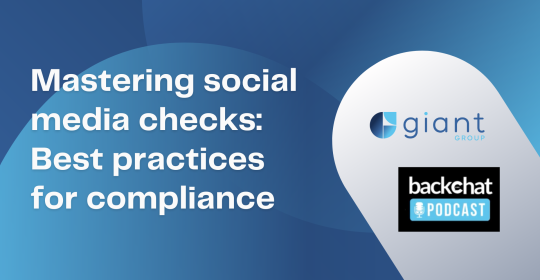Workplace mental health support has a significant return on investment – between five to eight times the initial investment, stemming from increased engagement, reduced absenteeism, greater loyalty and productivity.
Yet many businesses still see mental health as a luxury; something that’s good to have if they can afford it, rather than an essential piece in the puzzle.
Nathan Shearman, director of therapy and training at Red Umbrella, warns that businesses must work towards changing this mindset as a priority to combat the growing employee mental health crisis.
Creating a culture that prioritises mental health
“Being committed to creating a positive culture around mental health in a genuine and meaningful way is an important starting point,” begins Shearman.
“Investing in Mental Health First Aid training or an EAP might look effective on paper, but that alone isn’t going to move the needle on mental health culture, and business leaders are unlikely to see any benefits.
“Start by reviewing where you are on your mental health journey, and what support systems you already have in place. Are they effective? What might be missing? How does your staff feel?
“Appointing mental health first aiders is crucial, but they must be allowed to be active in their role, as well as being supported in the right ways.
“It’s also important to remember that a one-size-fits-all approach simply doesn’t exist. Each business has unique needs, diverse teams and ways of working, so a personalised solution is indispensable.”
What are the main barriers?
“The main issue is that we don’t equate mental health support to productivity, except in a negative manner.
“So, we think about the days lost to mental health issues, but we don’t think about improvements to staff retention, recruitment and productivity when staff’s mental wellbeing is safeguarded.
“Another significant obstacle is that improving our mental health culture is seen as important, until the needs of the business get in the way. Working in high pressure environments and having multiple deadlines or targets to meet means mental health is put on the back burner.
“The irony is that putting support in place means that those high pressure environments or targets become easier to manage.
“Many businesses aren’t set up with the resources to provide a range of support across an organisation. This is where a strong partnership with your EAP or training provider can alleviate the burden, making it easier to implement effective mental health ideas and practices.”
What roles do specific individuals and teams play?
“Culture is often shaped from the top down, but built from the ground up. This means that the vision for what that culture looks like is decided and communicated by directors and CEOs, but it is the actions of those throughout the company that turn that vision into a reality.
“This is why taking a holistic and unified approach to creating a positive mental health culture is essential.
“The person on the ground floor has just the same responsibility for mental health culture as a CEO, so it’s important that everyone in the business is aligned on this vital matter.”
Focusing on long-term structural, sustainable change
“Creating a positive mental health culture doesn’t happen overnight. A good starting point is having a clear vision of what you want your culture to be. Do you want your employees to feel able to speak up if they’re struggling? Do you want to have sufficient support in place for staff? Do you want your workforce to feel that they’re cared for and valued?
“We might feel that the answers to these questions are obvious, but it’s about valuing mental health enough to work at it.
“Then, rely on key players in your organisation who can help to shape this culture – those with the most connections to other employees, departments and teams.
“These are the people who should be trained in mental health first aid, as they’d have the greatest influence on an organisation. This could support managers, for instance, teaching them to broach this topic within their teams, or HR staff, showing them how to respond to a crisis.
“And overall – It’s crucial that mental health culture is seen as something to be tended to periodically, and not as a one time only thing. Like a garden, it needs a little bit of attention and watering in order to continue growing.”






